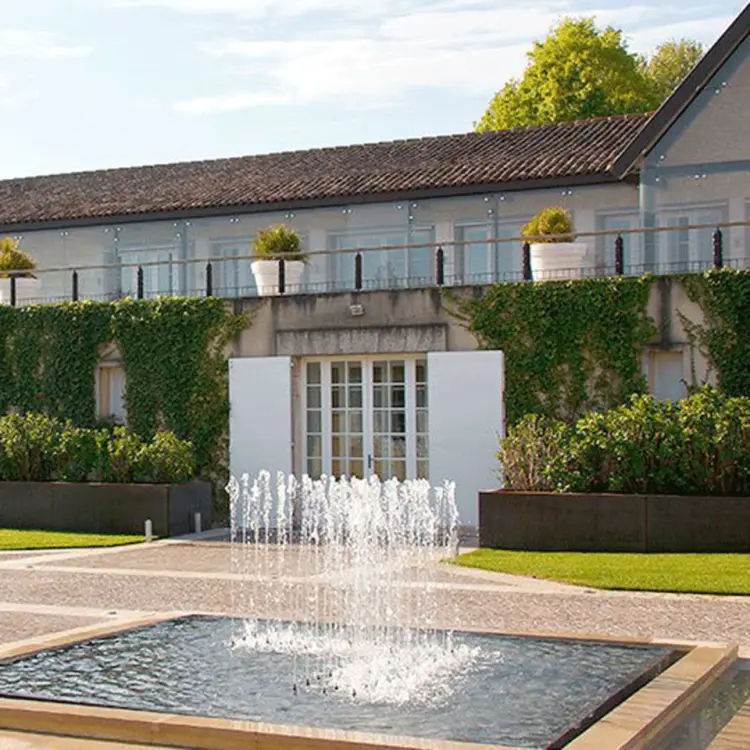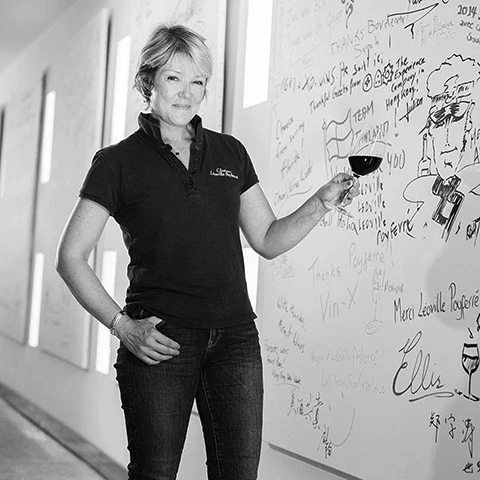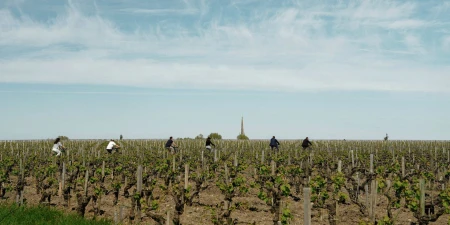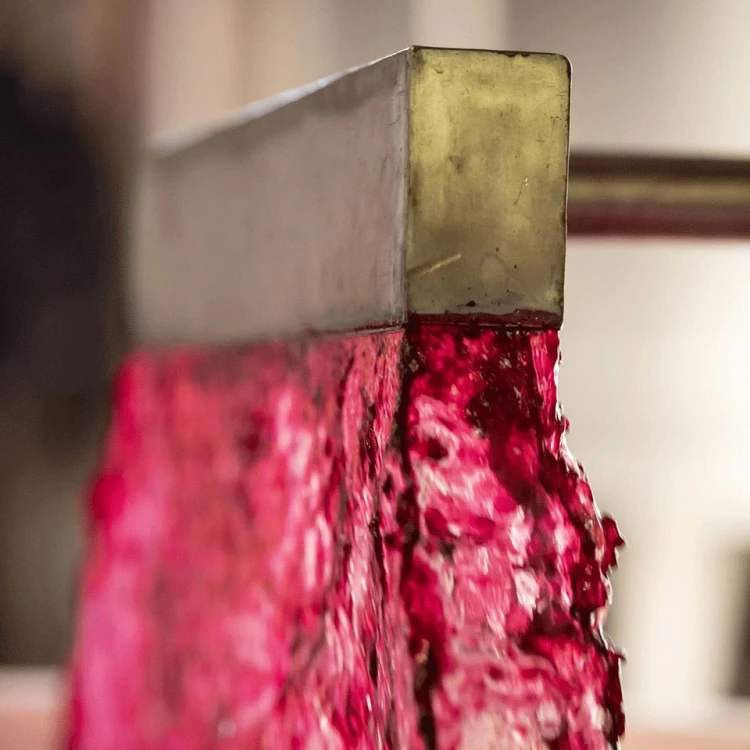Château Leoville Poyferré Winery
"A free spirit, a unique identity."
The Cuvelier family
The Cuvelier family


Of the three Léoville vineyards, the "2ème Cru Classé Léoville Poyferré" is always the most opulent wine with the highest proportion of Merlot. It therefore absolutely lives up to its status as a second growth.
You can tell from the name that the Château Léoville-Poyferré vineyard once belonged to the large Léoville estate within the so-called Seigneurie de Lamarque. It was established at the beginning of the 17th century when Dutch specialists drained the swamps of the Médoc. From the second half of the 17th century, the de Moytié family planted the first vineyards. A daughter of Maître Jean de Moytié married Blaise Antoine Alexandre de Gascq, Seigneur of Léoville, who, like Jean de Moytié, was a member of the Bordeaux parliament and its president from 1771. The land owned by the couple stretched from Château Beychevelle in the south to Château Latour in Pauillac in the north. De Gascq died childless in 1769 and the Léoville estate passed to a community of four nephews under the chairmanship of the Marquis de Las Cases Beauvoir. Although the Marquis had to flee during the French Revolution, he was able to keep all but a quarter of the estate, which was later sold to the Irish wine merchant Hugh Barton, who had the Château Léoville-Barton built. in 1840, the remaining property was divided up again. Pierre-Jean de Las Cases retained almost two-thirds of the current Château Léoville-las-Cases, while the other third went to his sister Jeanne de Las Cases, who married Jean-Marie de Poyferré. This is how the Château Léoville-Poyferré wine estate came into being. It was taken over by the Cuvelier family in 1920, who have now owned it for more than 100 years. Sara Lecompte Cuvelier has been Managing Director of the estate since 2018.


The château is located on the outskirts of St-Julien-Beychevelle and covers 80 hectares on the St-Julien plateau, but not on the Beychevelle side. The soils are characterised by regosols, clay and sandy gravel, in which around 63 % Cabernet Sauvignon, 25 % Merlot, 7 % Petit Verdot and 5 % Cabernet Franc are rooted. Under the management of Bruno Clenet, more and more organic farming is being practised and the plots with the vines trained in double Guyot are cultivated less and less deeply and more frequently. During vinification, the grapes are pre-fermented in cool conditions for five to eight days before the long maceration in temperature-controlled stainless steel begins. Malolactic fermentation takes place in wood, where the wines mature with 80 % new wood. The signature of consultant Michel Rolland is clearly recognisable in the style of the wines.
© Images: Château Leoville Poyferré